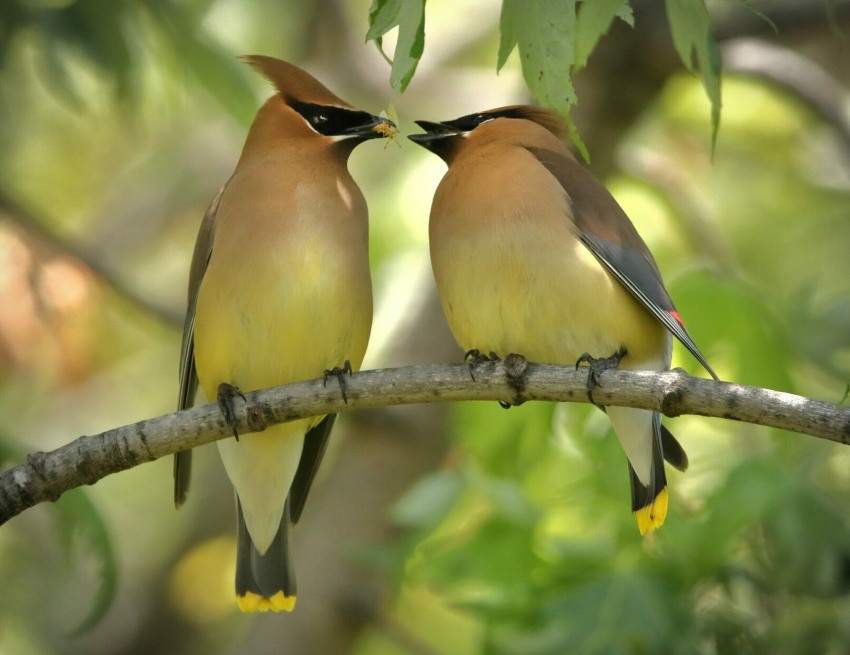NatureCounts, a program of Birds Canada, is one of the world’s largest biodiversity data repositories. It collects and archives data from hundreds of citizen science and research projects, then makes that data available and accessible to anyone working towards the conservation of birds and their habitats. Currently, over 235 million records—mostly (but not entirely) of birds—are hosted on NatureCounts. One of the newest data sources to get on board: WildTrax.
WildTrax is a nationally used platform for managing and processing data from environmental sensors, such as autonomous recording units (ARUs), which are increasingly used to study and monitor vocalizing animals such as birds. WildTrax contains over 1 million recordings from ARUs—it would take you more than 11 years to listen to them all! In the spirit of open avian data, WildTrax built a method for users to seamlessly share their processed point count or ARU data with NatureCounts, enhancing its discoverability and impact. Users are able to convert data on WildTrax to the format required for upload to NatureCounts—the Bird Monitoring Data Exchange (BMDE), a standard set of data fields that capture all the variables of a bird observation.
Currently, 141 datasets and over 1,000,000 records have been shared from WildTrax! This is great news for NatureCounts and WildTrax users alike. NatureCounts users can now easily access even more data using the platform’s data exploration and analysis tools, while WildTrax users benefit from a streamlined pipeline that increases the impact of their data. Importantly, both platforms leave users in charge of their data: users retain ownership and determine the level of access to their data, both on WildTrax and on NatureCounts. This is critical as work on particular species or in particular areas may require heightened levels of privacy, or users may be restricted by funding agreements on what type of information can be shared.
All of this amazing work links up through CanAvian, the Canadian Network for Open Avian Data. You can learn more about CanAvian in a recent webinar. Initiatives across Canada such as these are working towards Target 21 of the Kunming-Montreal Global Biodiversity Framework: making the best available biodiversity data accessible to decision makers, practitioners, and the public.
Photo: CanAvian

